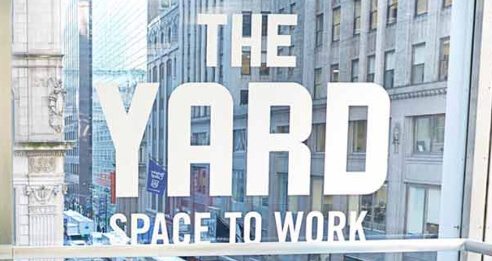
Largest Coworking Companies


WeWork’s astronomical growth has brought the coworking industry to spotlight in the global markets. In just two short years, the number of coworking locations offered by WeWork has almost doubled. But these massive growths of the coworking space were more than matched by its losses; it also doubled its losses to more than $1.9 billion due to extremely long commercial lease commitments and other factors. Analysts have called WeWork’s business model questionable at best in light of its enthusiastic acquisition spree of dozens of companies, including Case, Welkio, Fieldlens, Flatiron School, Meetup, and more.
WeWork is preparing itself for a massive IPO, having announced that they want to raise more than $1 billion in the first round of funding. What does WeWork’s IPO mean for the rest of the coworking industry?
WeWork, or The We Company, has a unique business plan that has, so far, reflected both massive growth at a rapid rate and even bigger losses. The coworking giant focuses on flexibility by offering different levels of membership depending on the service required. However, their model doesn’t come without risk. WeWork leases extremely large coworking spaces, with the average size of each location having over 1000 desks. As a comparison, the industry average is between 150 and 200.
The IPO filing also revealed that 40% of its members are enterprise clients, which are companies with 500 or more full-time employees. That is an increase of 30% from just one year ago. That means the WeWork business plan has evolved to focus more on larger employers and delivering them a flexible workspace that could be anything from a regional headquarters to on-demand workstations.
Because of the large spaces needed, WeWork has already signed over $18 billion in leases over the next few years. This rent is part of the controversy that WeWork is facing. In a report from the Wall Street Journal, Adam Neumann, WeWork Cos. CEO, is making millions of dollars by collecting rent from his own company. Neumann has leased properties to the coworking space business after buying it, which, by most business ethical standards, indicates a conflict of interest.
The Guide to Make Your Space More Profitable
The coworking industry is still growing at a healthy rate year-over-year. In 2018, the industry, on the whole, grew at 15.2%, and in 2019, it grew at 9.5%. While the numbers are dropping, it is still a testimony to how strong the industry is for a fairly new market.
While it is still early to tell, it is possible that the small, non-enterprise clients will migrate over to other coworking spaces in their area, helping the coworking industry in general to boom, while WeWork focuses on their bigger clients.
According to the WeWork IPO filing, “We may not be able to continue to retain existing members, most of whom enter into membership agreements with short-term commitments, or to attract new members in sufficient numbers or at sufficient rates to sustain and increase our memberships or at all.”
In 2017, WeWork began to spend more resources on its enterprise clients. With this shift in priority, it might have an adverse effect on freelancers and small or midsize businesses, which still make the majority of WeWork’s client base. In fact, according to the WeWork IPO filing, these smaller clients “may be disproportionately affected by adverse economic conditions.” Where then will these clients turn?
We might be able to speculate that these customers will turn towards other more independent coworking space businesses in the area, who can better fit their needs as WeWork changes their focus to other clients.
Save your community manager 41 hours each week—learn how The Yard did it with cloud-based access control.
Read the Case StudyFree access to our best guides, industry insights and more.
